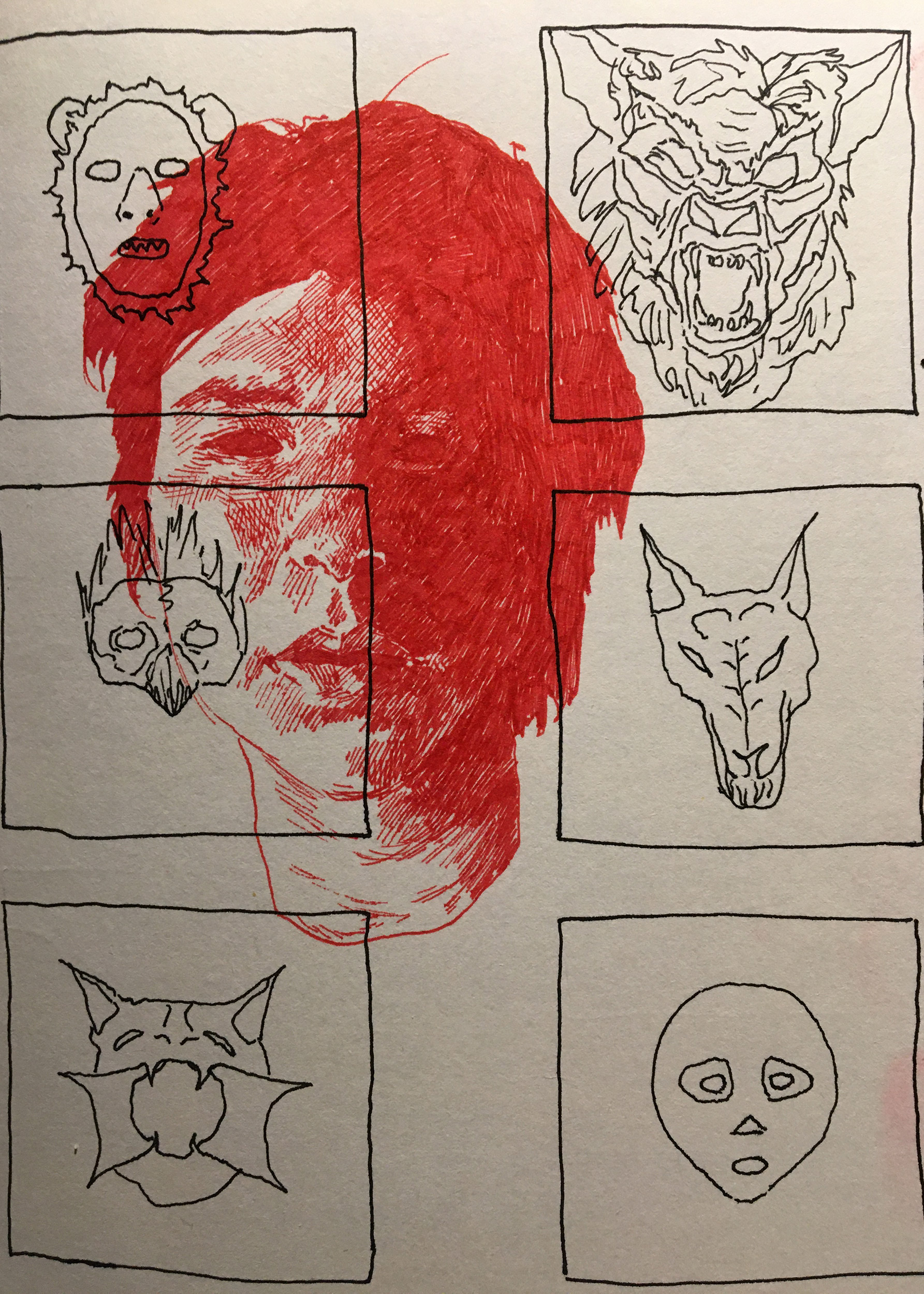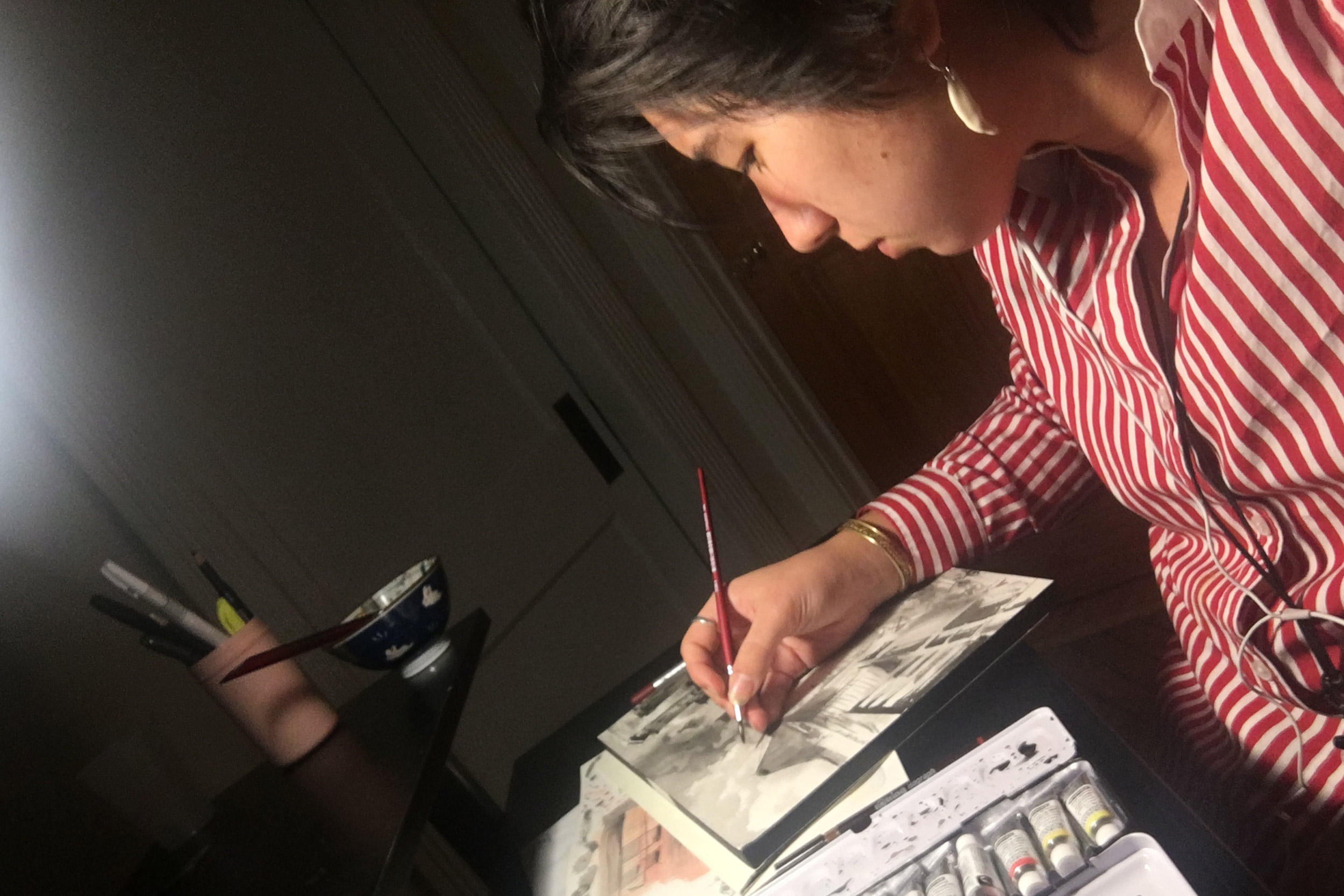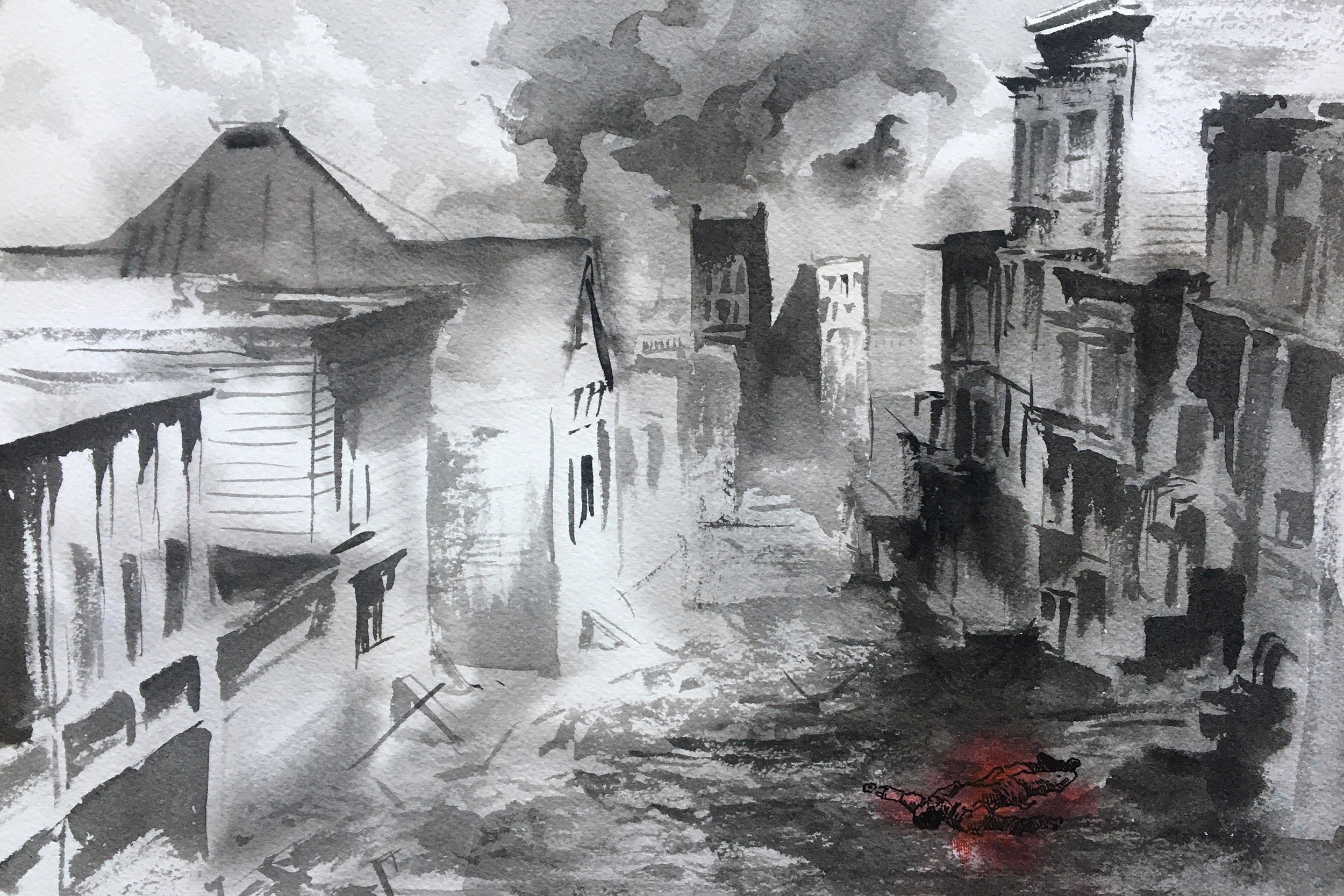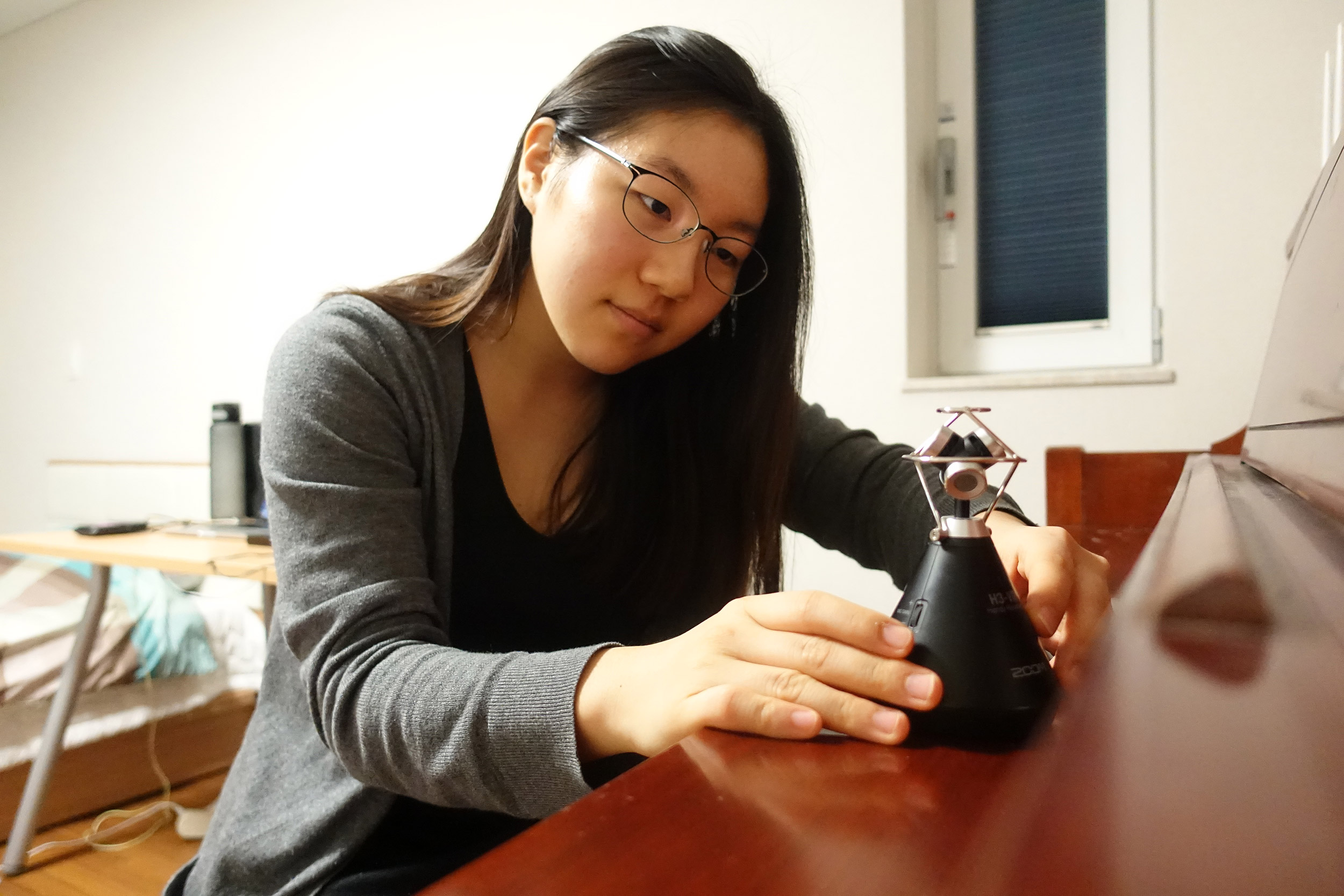‘Garden’ party
New course invites students to explore, blend visual art, film, dance, and music

An illustration by Ava Salzman ’23.
When explaining the conceit behind the new arts course “The Garden,” co-instructor Jill Johnson looked to a quote from choreographer Liz Lerman: “Ask a big enough question, and you need more than one discipline to answer it.” Such was the vision for the innovative and creative space for students to explore tools and ideas across the disciplines of visual art, film, dance, and music. The senior lecturer on Theater, Dance & Media and director of dance created the course with Claire Chase, music professor of the practice, and Karthik Pandian, assistant professor of art, film, and visual studies. All three serve as faculty mentors to small groups of students on a rotating basis. Students also gathered for AfterGarden sessions to share work and attend presentations and discussions with guest faculty, including Vincent Brown, Charles Warren Professor of American History and professor of African and African American studies (AAAS); Dan Byers, John R. and Barbara Robinson Family Director at the Carpenter Center for the Visual Arts, and lecturer on AFVS; and Makeda Best, Richard L. Menschel Curator of Photography at the Harvard Art Museums. Two students who made “The Garden” their artistic home for the semester recently spoke to the Gazette about their experiences.


“I am using the process of keeping a regular sketchbook to serve as a living document of my ‘personal creation myths’ — the relationships I have with others and the stories of my own family’s past that have bled into my present, age-old stories that I’m now living through an iteration of,” says Ava Salzman.
Courtesy of Ava Salzman
Ava Salzman ’23
Before enrolling in “The Garden,” Los Angeles native and comics artist Salzman rarely invited others to see her work in progress. Three months into the semester as part of the cross-disciplinary Garden community, she welcomes the regular opportunities to share work and ideas with classmates.
“In the past, the emphasis for me has always been on perfection and having the result be exactly how it’s imagined at the beginning. This class’ way of dealing with that unpredictability and spontaneous nature of things was actually very helpful in changing my outlook toward [making art],” said the folklore and mythology concentrator, who is living in the Brighton neighborhood of Boston.
During studio time and outside of the class schedule, Salzman has been filling her sketchbook with images, ideas, and text on themes of family, education, and life direction. It’s in pursuit of process, not product — a journey Salzman is looking to continue once “The Garden” ends.
“I can’t overstate how valuable it is to have a space that values the making of art for its own sake,” said Salzman. “In my first year, as lively as the art-making scene on campus is, it was easy to fall into the trap of thinking that the only time that art is worth everybody’s precious time and schedules is when it’s done in service of a larger purpose. That can be very valuable, but one thing that “The Garden” has been so great for, especially this semester in quarantine, is just affirming the value of art as something that helps us become who we are.”

Stacy Jo prepares an ambisonic microphone for her Garden project.
Courtesy of Stacy Jo
Stacy Jo ’21
“I’ve done a lot of dance, music, and film over the years, but never had a class where I could combine all of them and learn from different individuals [in those fields],” said Jo, a concentrator in human and evolutionary biology pursuing a dual degree at Berklee College of Music. “But in a way, it’s not a class — it’s an environment that we’ve all created with each other to make this a shared space where people feel more relaxed and free about their craft.”
Jo, a vocalist who also produces music, was excited to engage with her craft outside the confines of a traditional format and without the pressures of creating a finished piece of music before sharing it with other people. To that end, she has used her studio time to create more experimental pieces of audio using production software and recording equipment. One such piece was “Brainscape,” a combination of sounds and music that evoke the experience of a bicycle ride — an activity Jo has been doing a lot since returning home to South Korea from campus in March due to the COVID-19 pandemic.
Along with snippets of pop music and ringing bells, Jo recorded herself asking some of the big and small questions that have floated through her mind during the pandemic: Will I see my friends again? I love this song. What will the future hold?
“Brainscape,” a combination of sounds and music, by Stacy Jo.
“Being a musician, primarily, this was very, very out of the box for me and not like anything that I’ve ever done before. I definitely think it would have been more difficult to do this kind of work without ‘The Garden.’ Maybe I wouldn’t even let myself do it,” said Jo.
“[‘The Garden’] expanded my view in general on how to see music — not just as music, but as something else, like as dance, as movement, as an avenue into film,” she added. “I’ve had incredible mentors in Claire, Jill, and Karthik, and they’ve made a home for me here. I am not as afraid anymore to explore, and that actually makes me feel more confident that I can do things beyond just what I would call music.”




